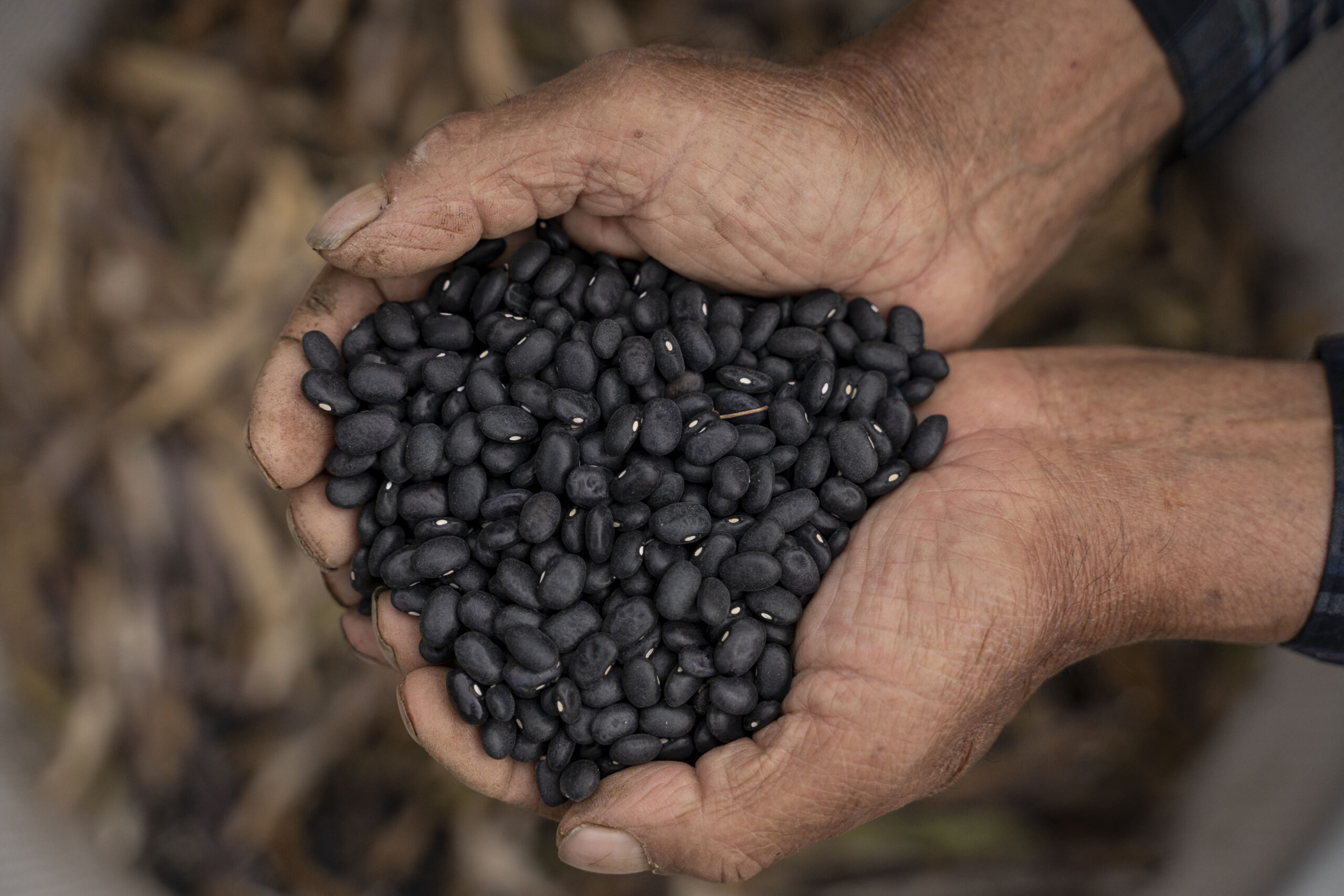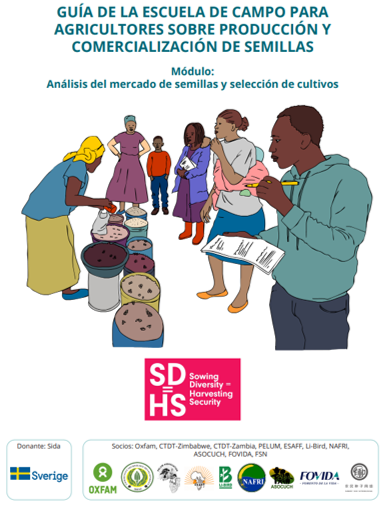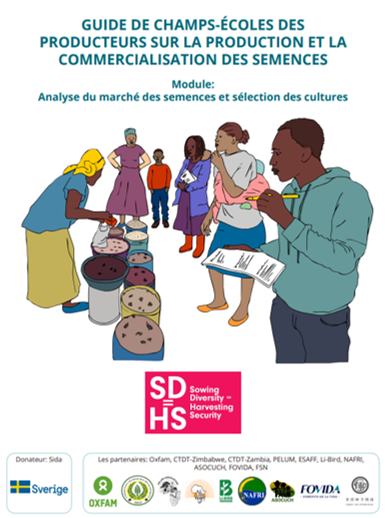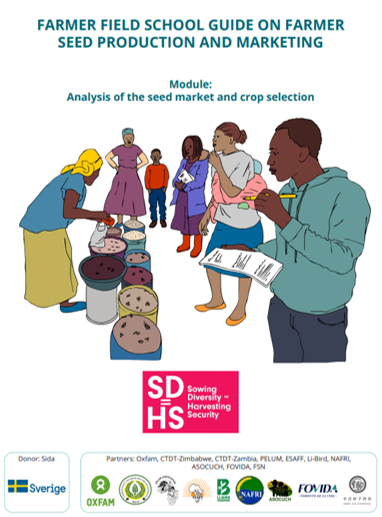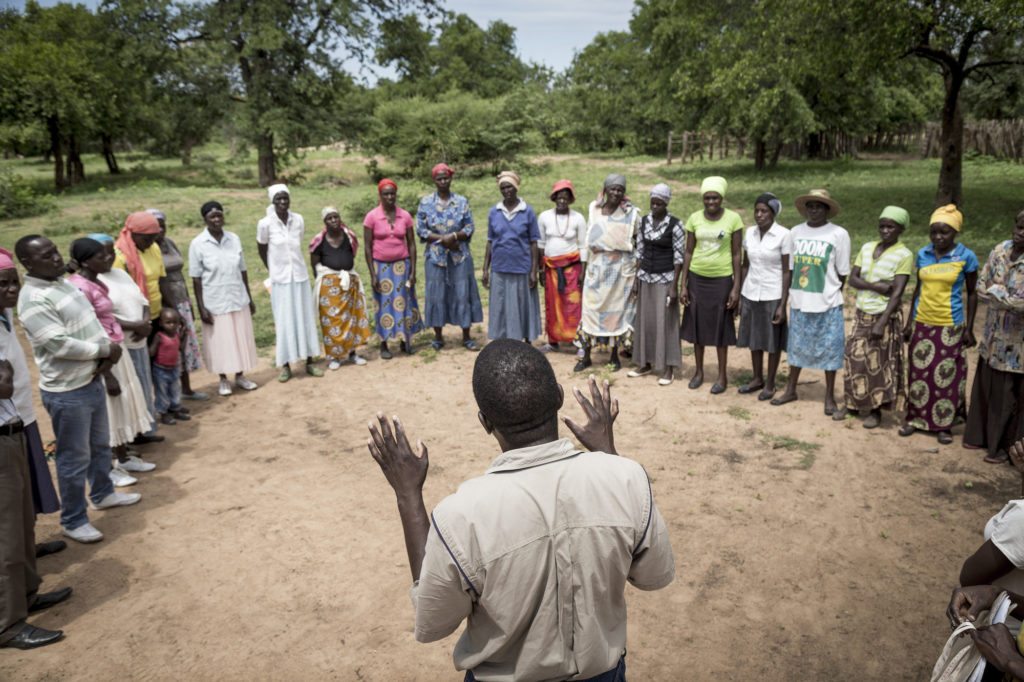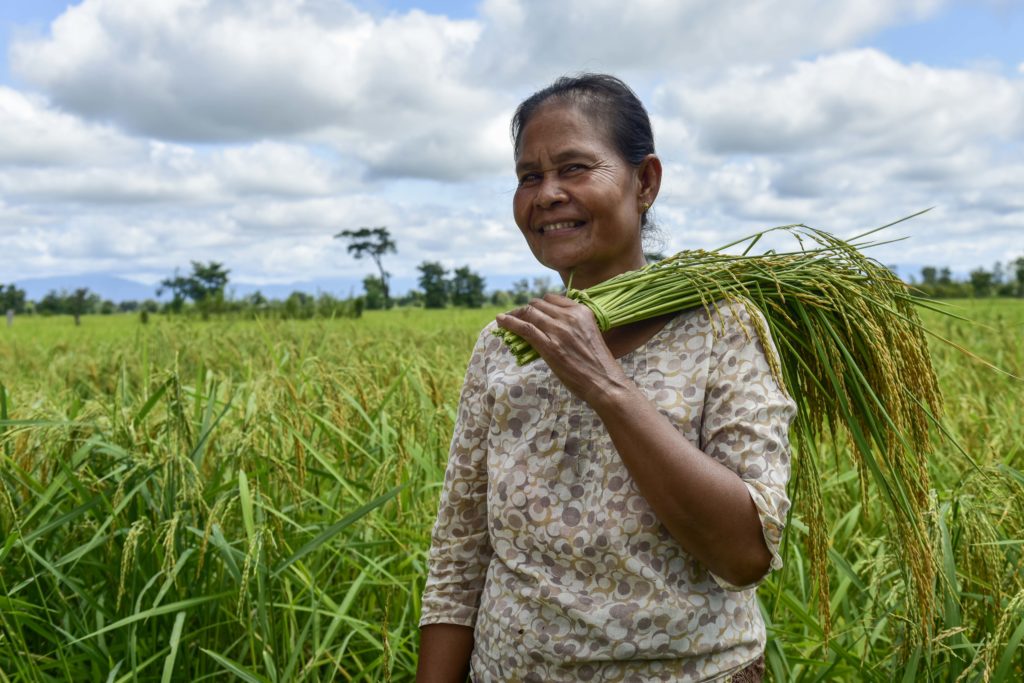By B Dey , B Visser, HQ Tin, A Mahamadou Laouali, N Baba Toure Mahamadou, C Nkhoma, S Alonzo Recinos, C Opiyo and S Bragdon.
In many countries, smallholder farmers play a key role in food crop seed production. So far, the community roles, operational structures, seed production efficiency, aspects of sustainability, and the social and policy environments in which these groups operate have been poorly studied and described. The present study attempts to better understand these factors by drawing cases from twenty-five seed producer groups in five countries (Vietnam, Uganda, Zambia, Niger, and Guatemala) that deal with nine crops in total (rice, maize, sorghum, pearl millet, common bean, cowpea, soybean, groundnut, potato and sweet potato).
Results of the study show all groups supply a significant share of seed offered in local markets. It appeared that all groups received major support for capacity development from a broad range of actors including local and national governments, public institutions, national seed companies and development organizations. Several groups operate under seasonal contracts with institutional seed buyers, whereas other groups sell most of their seed in local markets to fellow farmers. To support seed quality and render product branding meaningful, most groups have established subgroups for crop monitoring and seed inspection, and for gathering and using market intelligence. Some, but not all groups depend on formal seed certification.
Two key challenges stand out across seed producer groups interviewed. First, most seed producer groups experience difficulties in accessing good-quality early generation seed (EGS) on time, like in the formal seed sector in many countries. Second, in most groups packaging and labelling of the seed produced and offered in local markets is suboptimal, hindering further professionalization. Moreover, groups invariably have a poor understanding of applicable seed policy and legislation. Our observations point at actions that external stakeholders could undertake to strengthen smallholder farmer seed production in recognition of their contribution to food and nutrition security.
Find the research here or download it below.

